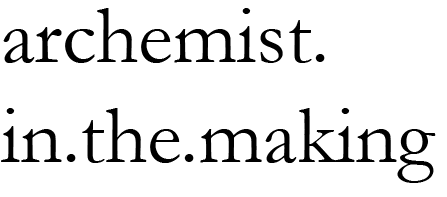A few months ago, by coincidence, I was finally introduced to the world of ChatGPT – or in layman’s terms artificial intelligence. It was in a writing workshop, where our tutor who was running lessons on copywriting demonstrated how he uses the infamous function to assist with their writing. While many of us left the class with laughs, the humour quickly simmered down to a sombre tone when many of us pondered about our future in writing.
Read MoreDemocratisation in Design
Instagram : Today's Architecture Duck and the Decorated Shed
Sometimes, I’d like to perceive Instagram as a new version of Venturi and Brown’s Duck and Decorated Shed. As Gordon-Levitt added attention to Instagram is used as a platform to attract attention – the statement is bold enough to be a ‘sign’ for the architecture firm. Let alone it can be argued that the overall profile aesthetic is the inverted shed when the account has posted enough images in a carefully planned manner. Alternatively, we can also say that capturing that one perfect image of the design becomes the Duck for the design firm, and thus we can always associate their name with that image.
Read MoreDemocratising in Design Part II : Attitudes of Implied Design Independence
Customisation of design can arguably arise from our habit of searching for the aesthetic in visual as well as the attitudes of wanting to follow the trend yet with discretion and dignity. This is similar to the idea of purchasing counterfeit goods we often see in the markets – it is giving the people a sense of belonging and confidence now that they have owned a part of the trend.
Read MoreDemocratising in Design Part I : A Code’s Accessibility, Implications and Precautions
This morning, I came across Dezeen’s article on Wallgren Arkitekter and BOX Bygg’s upcoming Grasshopper plugin Finch - a “parametric tool that generates adaptive plans”. Finch essentially is a plugin that, by inputting information about the size of land coupled with building regulations, it will be able to generate a range of generic plans. This is quite exciting for many of us, considering that should we study hard on the standard building codes and restrictions, it will give us time to understand and practice the means to create a habitable design. This is also beneficial in terms of research, given that if we input codes from different generations, we are then able to make immediate comparisons on the evolution of housing designs in accordance to the types of regulations that they have been coded with.
Read More



